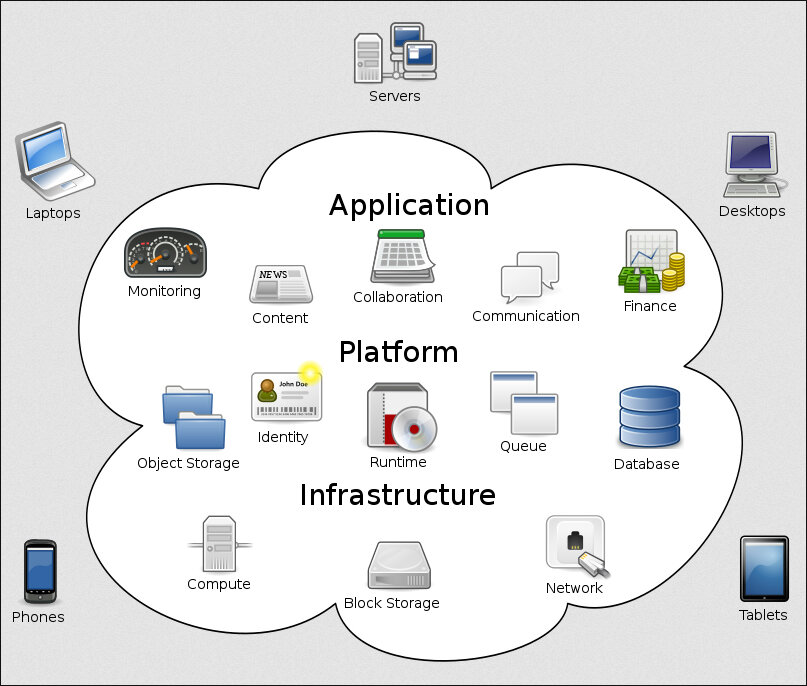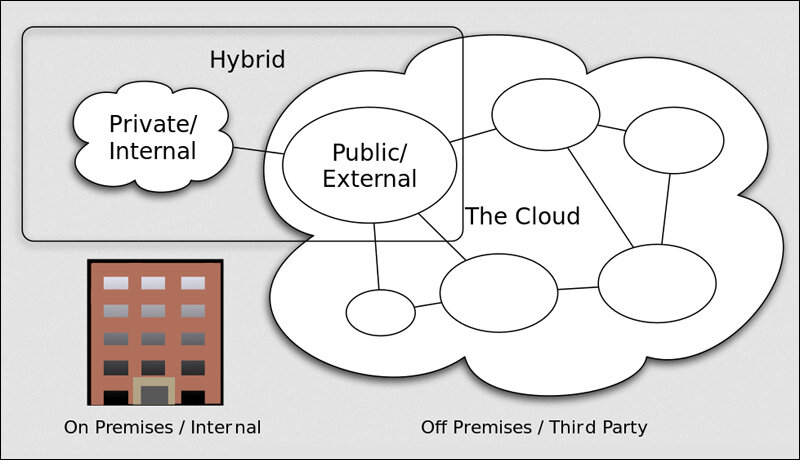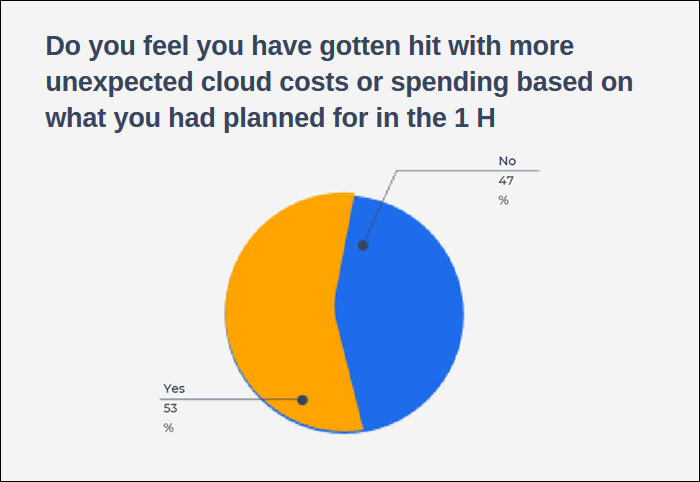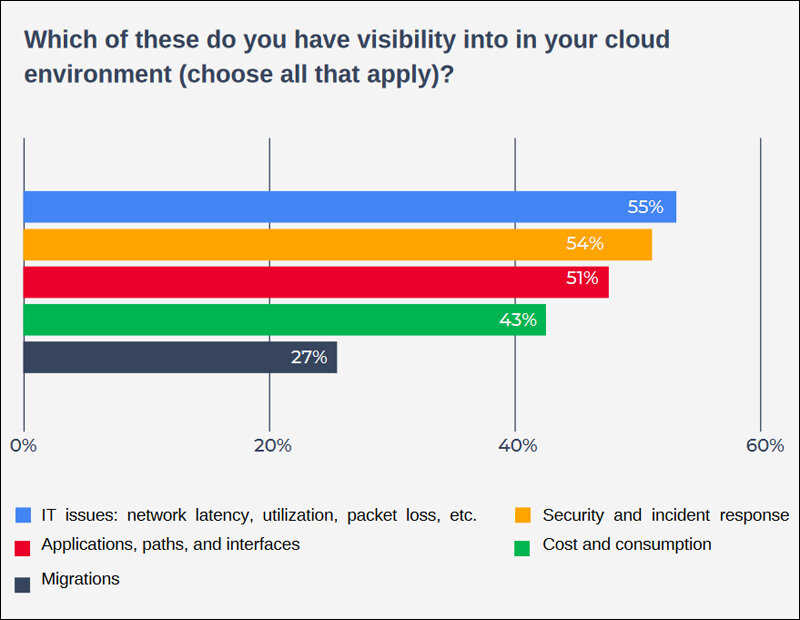Cloud computing promised the world but in the last few years doubts have arisen in companies about its need and feasibility finds Satyen K. Bordoloi
Few today remember networked corporate offices in the first decade of the 21st century. Servers occupied the messiest parts from which multi-colored cables ran in a chaotic mess only network engineers could magically untangle. The joke in an office I worked in was that one IITian was hired just to keep track of which wire went where.
Enterprise cloud computing of the 2010s magically transformed this ‘hellscape’. The office looked manageable again, wires behaved and the infestation of network engineers in offices was reduced.
Yet, if a study from Wanclouds is to be believed, 81% of IT leaders say they have been asked to reduce or not take additional cloud spending. After over a decade of growth, as the complexity and costs of a multi-cloud solution are becoming as unwieldy as offices of the early 2000s and headwinds of a recession loom on the horizon, the promise of enterprise cloud computing seems to be failing.
Sify Technologies – Cloud Services
What is Enterprise Cloud Computing

The old office had everything – network, servers, data storage, applications, and services – in-house. This increased complexity and costs for companies as they had to buy equipment and hire people to manage them. With high-speed internet becoming ubiquitous, a new ‘cloud’ model developed. Data storage, applications, and services began to be run by companies whose sole job was to provide them to others in a ubiquitous, convenient, on-demand network access in this shared pool of configurable computing resources. These needed minimal effort and service-provider interaction. It saved costs for organizations and helped businesses by taking most of their networking worries away as CSPs – cloud service providers – handled these needs.
The last decade has been a decade of the CSP. But the curd has begun souring recently.
The Problems with Enterprise Cloud Computing

Over the decade as newer applications have emerged integrating every new development including artificial intelligence, complexity has multiplied. There’s hardly any CSP today that can fulfill all the needs of a client from the application or service side. Different needs have led organizations to hire different service providers increasing the complexity of operations and cost.
CSPs need to maintain resources leading to outages and downtimes at inconvenient times that hamper critical business processes. Some downtime is inevitable even with the best cloud service providers. Organizations also suffer a lack of control and flexibility on many aspects of IT management as CSPs manage it for them. It is also difficult, cumbersome and downtime causing to migrate from one CSP to another leading to vendor lock-in which might not be in the best interests of the company.
Cloud security breaches
Security is a big concern. Even though most CSPs use the best infrastructure and technologies to make their services as secure as possible, cloud security breaches inevitably occur. Take the case of 69 million user accounts being hacked and their user details being stolen in 2012 or when Apple‘s iCloud was hacked and private photos of celebrities were stolen. Or the 2016 stealing of 170 million emails and passwords from LinkedIn.

The Actual Problem
As always, things are not as simple as reports predict. In the enterprise cloud horizon, the clouds are not necessarily dark, but muddy.
The report states that: “Multicloud usage is becoming increasingly unwieldy, and costs are difficult to manage across hybrid environments.” This can be mitigated by how an organization goes about planning its cloud expenditure and use before taking on a CSPs service. Many solutions bought are not used, others are subscribed but do not fit the requirement leading to poor return on investments.
The other problem is also that with the CSP revolution, many in the industry overpromised, oversold, and overcharged. This was alright till the market was going well but with a recession looming and cost-cuts the need of the hour, most companies are doubling down on savings. The undelivered promise is taking on larger dimensions.

The final checklist
Thus, an effective solution could be extreme discipline and focus before hiring any CSP. The needs of a company both in terms of services and architecture need to be looked at with a toothcomb. One solution fits all mentality and buying into hypes will not help. A company’s future plans and footprints also need to be considered right at the onset so that the right CSP can be hired instead of going in for a complex multi-cloud solution later.
The most important thing to remember is the very core of what CSP is. It is not a magic bullet to any organization’s needs. It is but a technology that enables your business need and it can do so only if the right amount of pre-planning goes into it. Planning not just for the present, but future contingencies will help cloud solutions live up to the hype and expectations from it.
So, does one move back to the unwieldy days of the pre-cloud days? For a rare few it could make sense. But for the large majority, the opposite is true. The need is to double down on the cloud but with consistency and focus. If mistakes have been made, they need to be learned from. There is no simpler way than this. The good news: there’s no harder way to do this either.
In case you missed:
- Is Cloud Computing Headed for Rough Weather
- AIoT Explained: The Intersection of AI and the Internet of Things
- You’ll Never Guess What’s Inside NVIDIA’s Latest AI Breakthrough
- Why a Quantum Internet Test Under New York Threatens to Change the World
- Kodak Moment: How Apple, Amazon, Meta, Microsoft Missed the AI Boat, Playing Catch-Up
- Quantum Internet Is Closer Than You Think, & It’s Using the Same Cables as Netflix
- And Then There Were None: The Case of Vanishing Mobile SD Card Slots
- AI Taken for Granted: Has the World Reached the Point of AI Fatigue?
- Google’s Willow Quantum Chip: Separating Reality from Hype
- Collaboration, Complexity, & Innovation: Understanding Multi-Agent Systems









